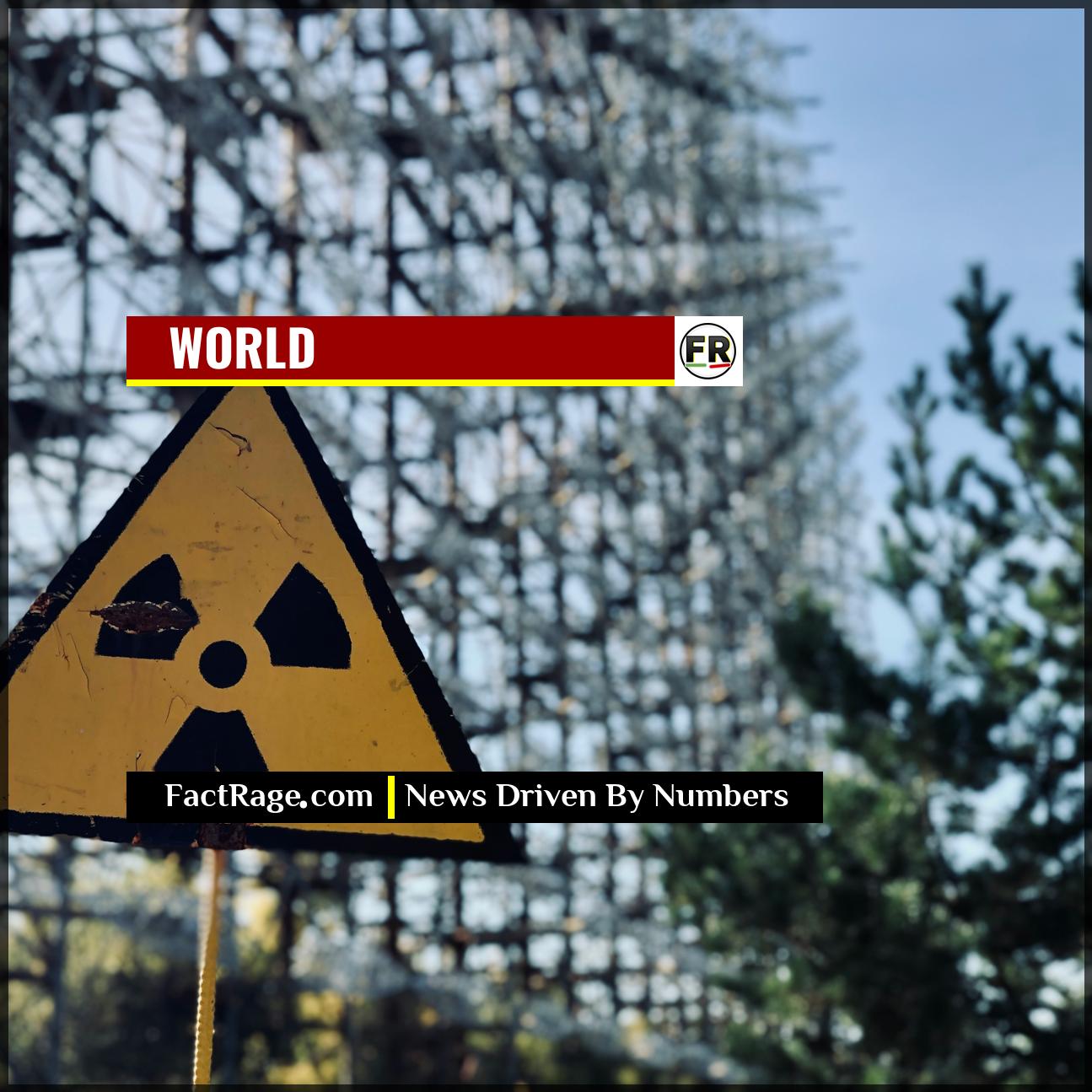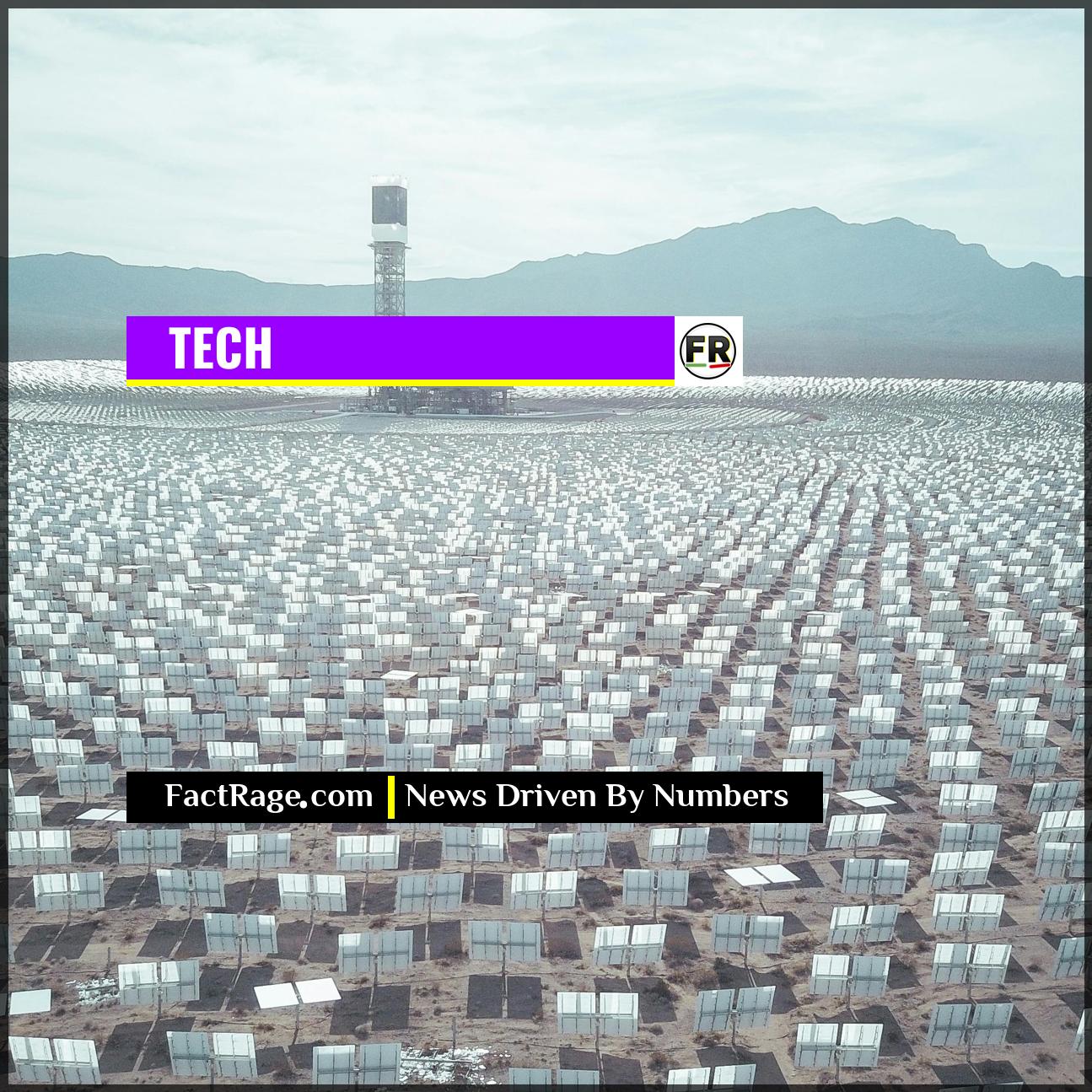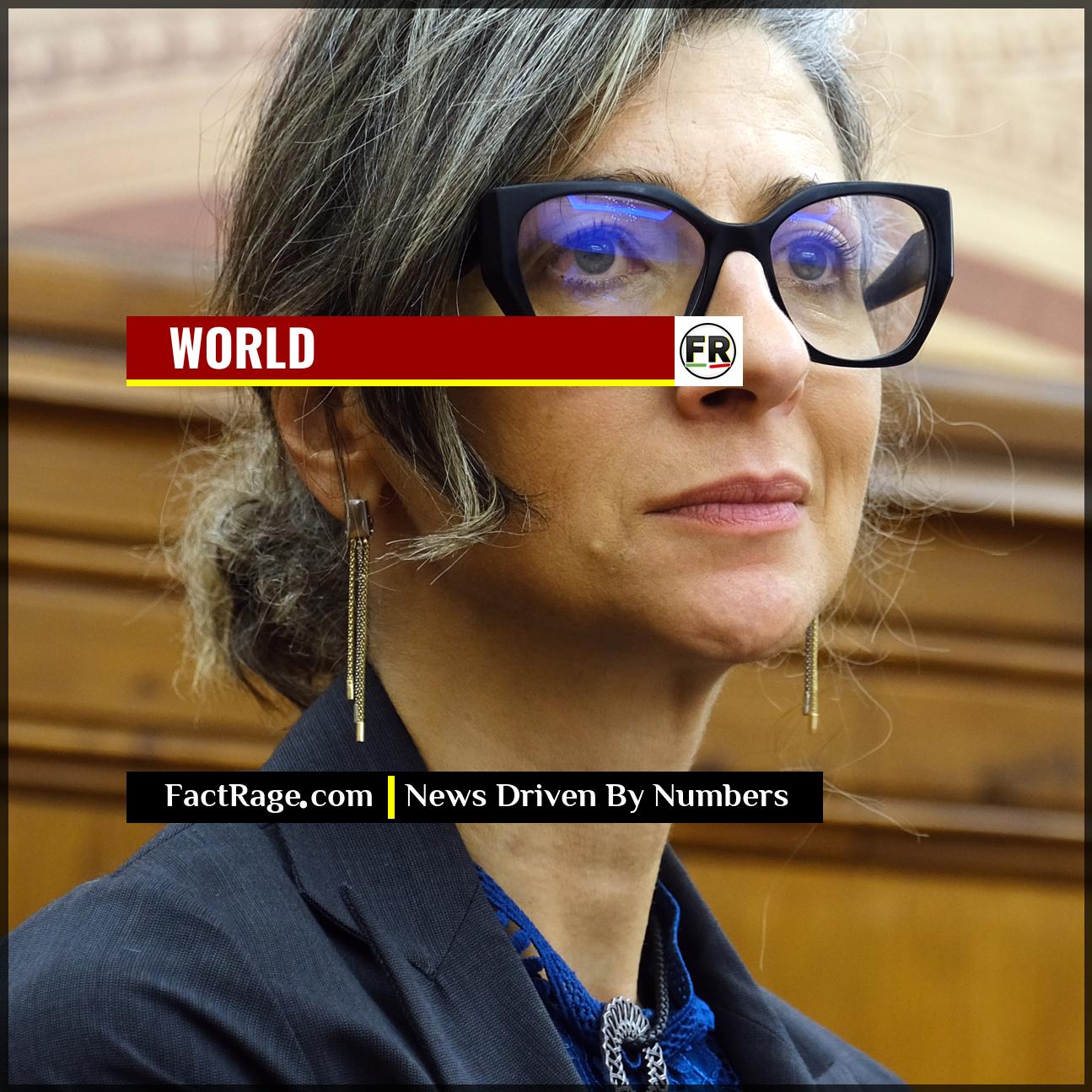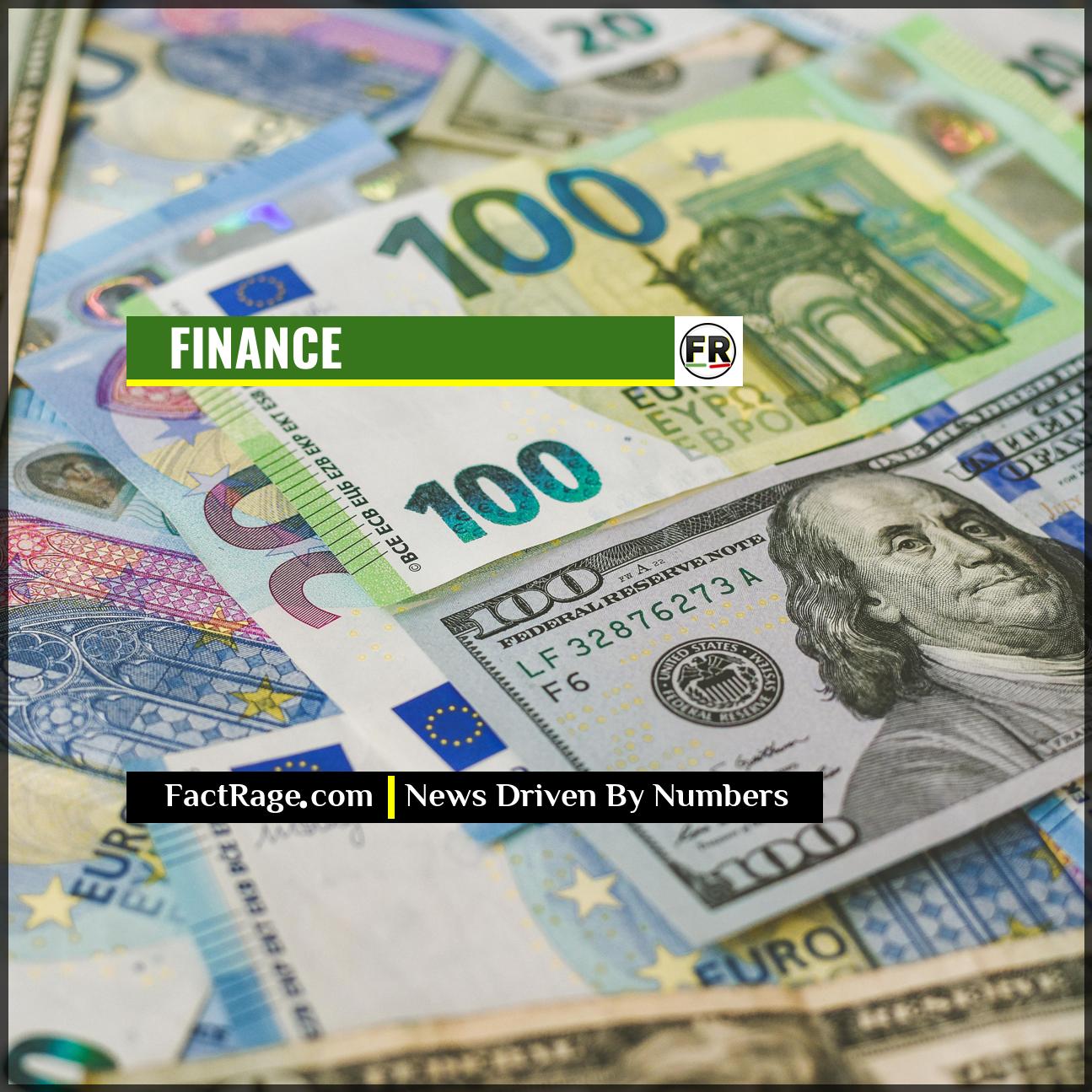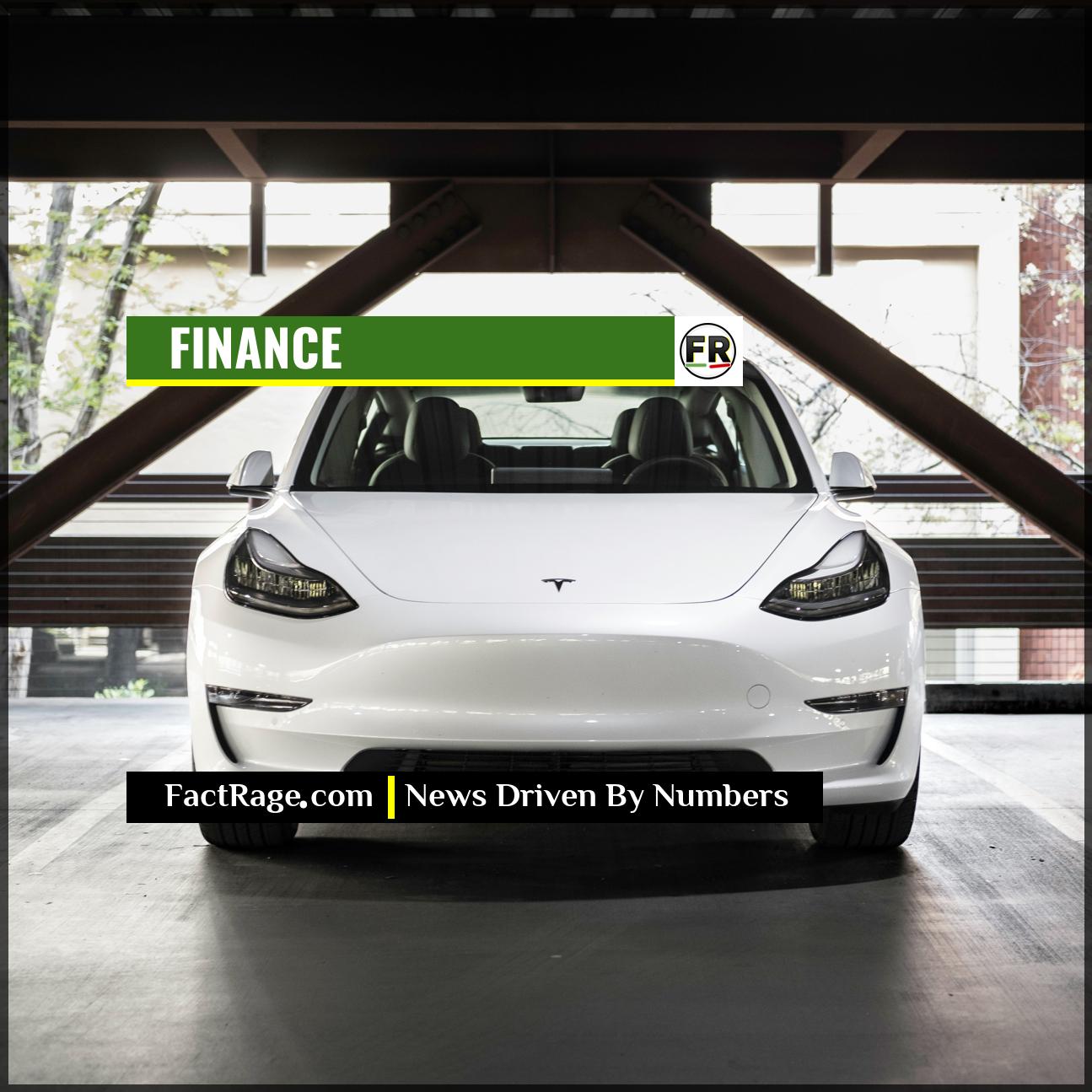VIENNA, AUSTRIA – With a critical July 21 deadline approaching, international negotiators are in a final push to revive a nuclear agreement with Iran, facing significant hurdles over uranium enrichment and economic sanctions that carry vast geopolitical consequences.
- The Core Negotiation – Talks are focused on reviving or replacing the 2015 Joint Comprehensive Plan of Action (JCPOA), which the U.S. unilaterally exited in 2018.
- The Sticking Points – Major disagreements persist over the level of uranium enrichment Iran will be permitted and the scope and timeline for lifting U.S. sanctions.
- The Stakes – A successful agreement could de-escalate regional tensions, while a diplomatic collapse risks a nuclear proliferation crisis in the Middle East.
The talks represent a high-stakes diplomatic effort to bring both the United States and Iran back into compliance with a framework designed to prevent Tehran from developing a nuclear weapon. The outcome will have a significant impact on global security and energy markets.
Beyond the Handshakes: The Technical Details That Will Make or Break a Deal
![]() International diplomacy often appears as a series of photo-ops and grand statements. However, the fate of the Iran nuclear deal rests not on rhetoric, but on highly technical and legally complex definitions. The specific percentage of uranium enrichment, the number of advanced centrifuges allowed to spin, and the precise sequencing of sanctions relief are the details that matter.
International diplomacy often appears as a series of photo-ops and grand statements. However, the fate of the Iran nuclear deal rests not on rhetoric, but on highly technical and legally complex definitions. The specific percentage of uranium enrichment, the number of advanced centrifuges allowed to spin, and the precise sequencing of sanctions relief are the details that matter.
Read On…
This analysis breaks down the core policy disputes and strategic calculations driving the negotiators as the deadline approaches.
What Are the Core Policy Disputes on the Table?
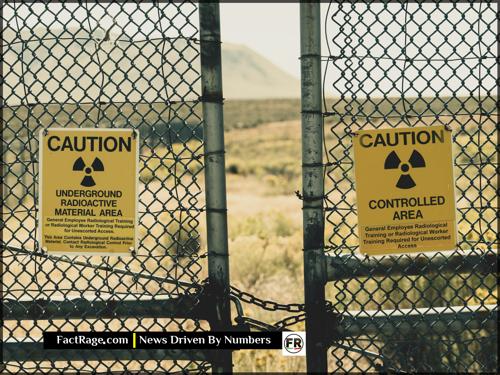
The International Watchdog
The International Atomic Energy Agency (IAEA) is the body responsible for monitoring and verifying Iran’s compliance with the terms of any potential deal.
The central conflict in the negotiations involves a direct trade-off: Iran’s nuclear limitations for the lifting of international economic sanctions. On the nuclear side, the key technical points include the purity of uranium Iran is allowed to enrich, the size of its enriched uranium stockpile, and the number and type of advanced centrifuges it can operate. The P5+1 nations seek strict, verifiable limits that extend Iran’s “breakout time”—the time it would take to produce enough fissile material for one nuclear weapon.
On the economic side, Iran is demanding the complete removal of sanctions imposed by the U.S. following its 2018 withdrawal from the deal. These sanctions have crippled Iran’s economy, particularly its oil sector. The debate is not just about which sanctions to lift, but also the timeline and the verification process to ensure all parties uphold their end of the bargain.
What Are the Strategic Goals of Each Side?
The Key Players
Negotiations involve Iran and the P5+1 nations: the permanent members of the UN Security Council (China, France, Russia, UK, US) plus Germany.
Each party at the negotiating table has a distinct set of strategic calculations. Iran’s leadership seeks sanctions relief to address domestic economic pressure and stabilize its regime, while also aiming to preserve as much of its nuclear program as possible as a point of national pride and strategic leverage.
The United States, under the Biden administration, aims to re-establish the constraints on Iran’s nuclear program, viewing a diplomatic solution as preferable to military options. The U.S. must also manage pressure from domestic political opponents and key regional allies, such as Israel and Saudi Arabia, who remain deeply skeptical of any deal with Tehran. The other P5+1 members—the UK, France, Germany, China, and Russia—largely share the goal of non-proliferation, but their approaches differ. The European powers prioritize regional stability and renewed trade, while Russia and China often use the diplomatic stage to counterbalance U.S. influence.
What Happens if the Talks Succeed or Fail?
The consequences of the July 21 deadline are starkly different depending on the outcome. A successful agreement would likely lead to a rapid de-escalation of tensions. Iran would be expected to roll back its advanced nuclear activities, and in return, Iranian oil could re-enter the global market, potentially affecting energy prices. The International Atomic Energy Agency (IAEA) would regain full inspection access, restoring a critical layer of international oversight.
Conversely, a failure to reach an agreement could trigger a dangerous new phase. Iran might choose to accelerate its nuclear program, possibly enriching uranium to weapons-grade levels. This would almost certainly provoke a response, potentially including new and more punishing sanctions, covert action, or even direct military intervention by Israel or the United States. Such a scenario would dramatically increase instability across the entire Middle East.
A Fragile Balance of Power
![]() Regardless of the outcome on July 21, the negotiations themselves are a reflection of a shifting global power dynamic. The final agreement, or lack thereof, will not just redefine Iran’s nuclear program but will also set a precedent for how international disputes involving security, economics, and sanctions are handled in the future. The result will have lasting effects on the political and security architecture of the Middle East and beyond.
Regardless of the outcome on July 21, the negotiations themselves are a reflection of a shifting global power dynamic. The final agreement, or lack thereof, will not just redefine Iran’s nuclear program but will also set a precedent for how international disputes involving security, economics, and sanctions are handled in the future. The result will have lasting effects on the political and security architecture of the Middle East and beyond.

